The sub-continent has entered a perilous new era ~ one where unmanned drones, not just soldiers or missiles, are beginning to define the contours of conflict.
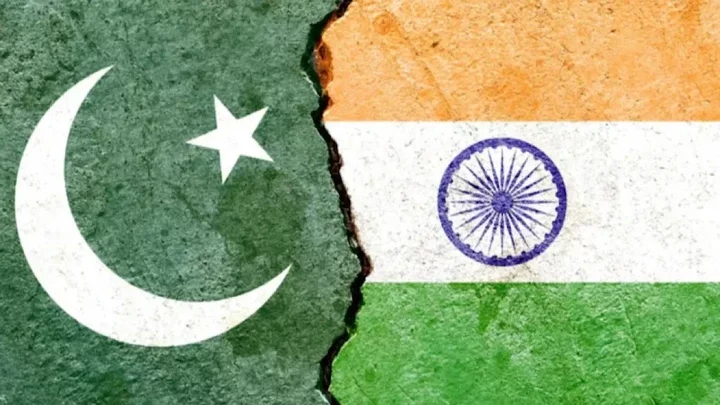
The sub-continent has entered a perilous new era ~ one where unmanned drones, not just soldiers or missiles, are beginning to define the contours of conflict. The exchange of drone and missile attacks between India and Pakistan marks not just another chapter in their fraught history, but the dawn of an entirely different kind of warfare in the region. What we are witnessing is no longer about border skirmishes or covert cross-border raids.
This is a technological inflection point where drones, loitering munitions, and remote surveillance platforms are not merely tools of war but instruments of political signaling and strategic posturing. Their use lowers the cost of engagement, both in human and political terms, and raises new questions about deterrence and escalation. For India, integrating drones into its military doctrine is a logical evolution. Precision strike capabilities, real-time surveillance, and reduced risk to pilots are compelling advantages in a region where conventional airspace violations often carry nuclear overtones.
The use of Israeli-origin drones like the Harop, capable of autonomously identifying and striking targets, underscores India's intent to develop a standoff strategy ~ hit hard, hit accurately, and don't cross the border physically unless necessary. Pakistan's attack, involving a mix of Chinese, Turkish, and indigenous drones, demonstrates that it is not lagging behind. It has also begun deploying loitering munitions and is reportedly working on "loyal wingman" systems ~ drones that accompany and support manned aircraft in combat. These technological leaps have turned the skies above the Line of Control into a live experiment in 21stcentury warfare.
Drones, however, are not simply weapons ~ they are also tools of psychological warfare. The constant hum of surveillance above civilian zones creates fear, disrupts daily life, and breeds deep distrust. In a conflict already fueled by historical grievances, such silent intimidation risks hardening attitudes and escalating tensions far beyond the battlefield. Yet the very nature of drone warfare ~ its silence, its deniability, its remote control ~ makes it dangerously prone to miscalculation. Each drone downed, each radar jammed, can be spun as a provocation or a defensive move, depending on the narrative. Unlike manned aircraft, drones can be deployed in a grey zone ~ aggressive enough to provoke a response but not overt enough to justify full-scale retaliation.
That ambiguity is a double-edged sword. India must tread carefully. While the sovereign right to defend lives and territory is non-negotiable, restraint and strategic foresight must guide actions. Drone warfare provides tactical advantage, but it also brings us to the edge of a new kind of escalation ~ one that might be easier to enter but far harder to control. The question is not whether drones will dominate future conflicts ~ they already do so. The question is whether South Asia can adapt its diplomacy, command structures, and rules of engagement fast enough to manage this shift without tumbling into an unintended war. Because in this new theatre of unmanned warfare, one wrong signal could light a fire neither side can put out.

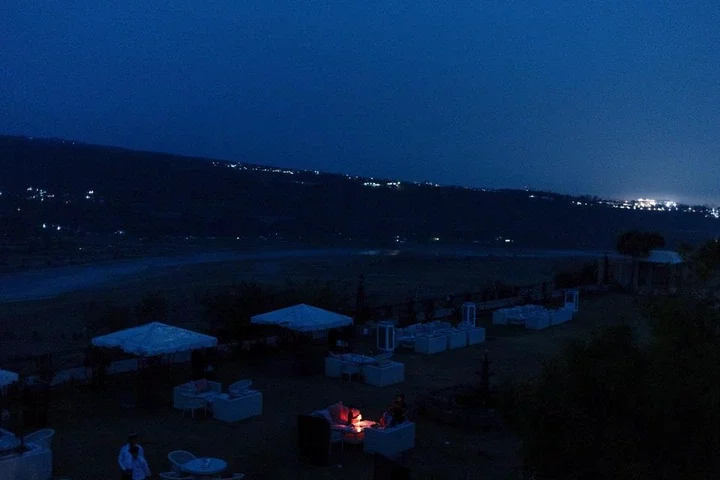
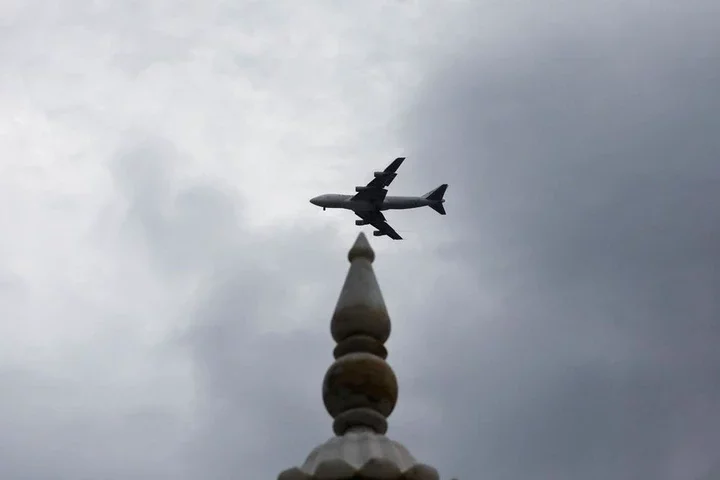
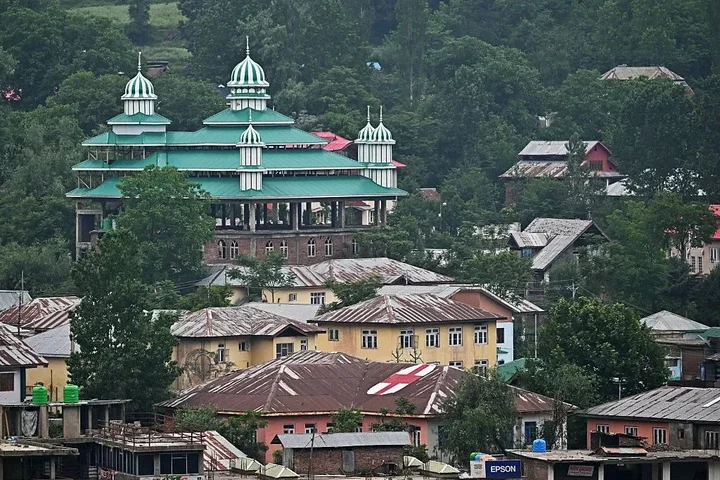

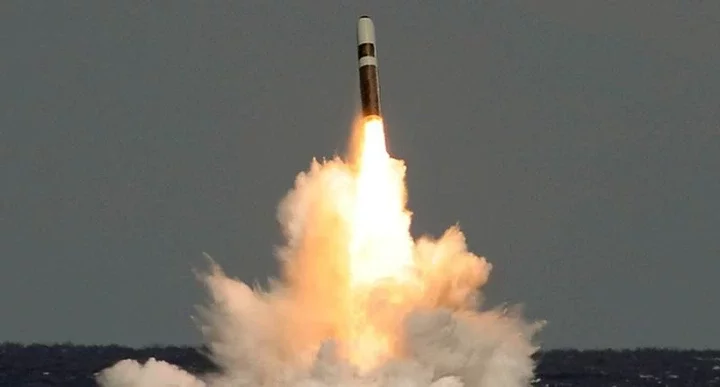
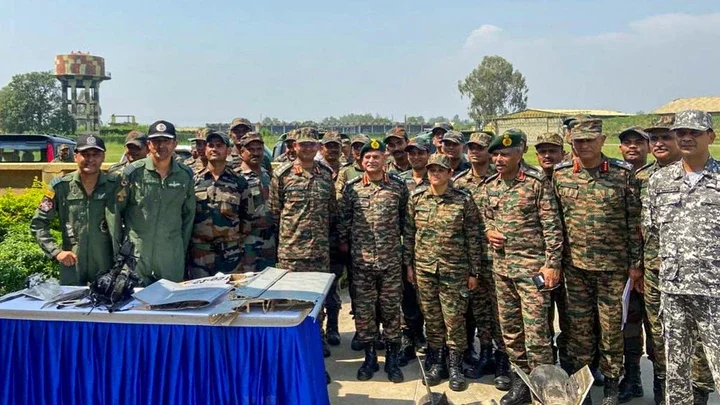









Comments